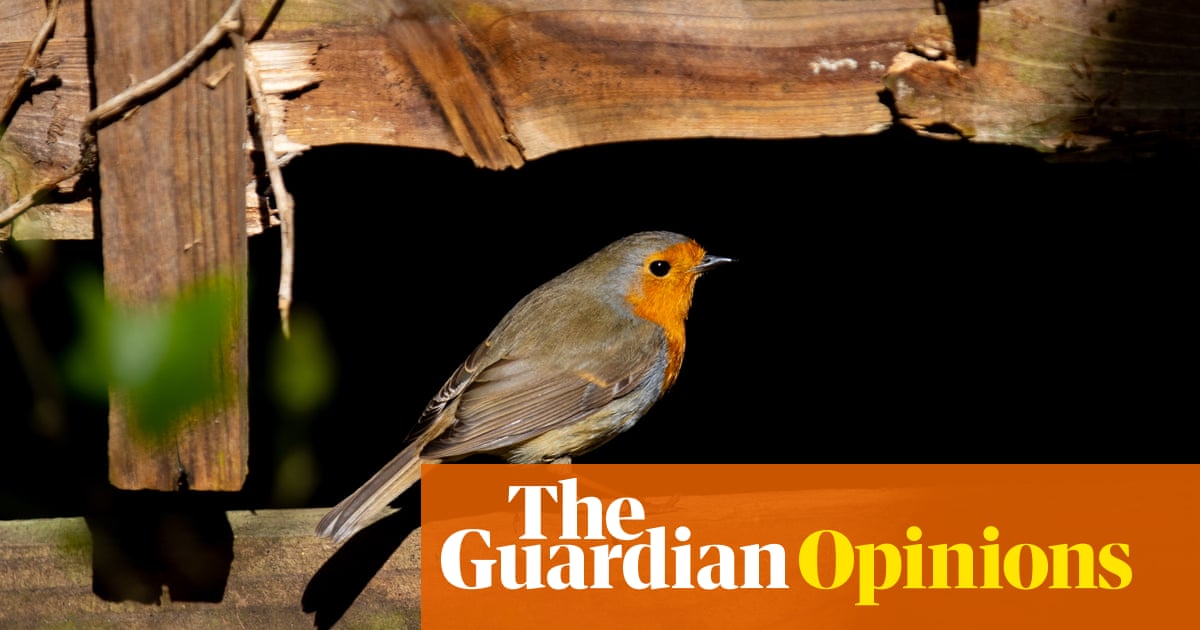

By June Mathews
Randy Haddock feels equally at home in two places. One is a house with walls, furniture and other conveniences. The other is a canoe in the middle of a river. But not just any river. The Cahaba River. The river Haddock has traveled and studied and treasured for three decades, from its headwaters near Springville to its confluence with the Alabama River at the former town of Cahaba near Selma.
“I feel as ‘at home’ when on the Cahaba as in my actual home,” he said. “As a retired field director for the Cahaba River Society, I have had the privilege of a career focused on protecting this remarkable, beautiful place. Too few people recognize just how remarkable it is to have such a delightful recreational and educational resource so very close at hand.”
The longest free-flowing stretch of river in Alabama at 140 miles, the Cahaba is the primary source of drinking water for people in the Birmingham area and is one of the most biodiverse waterways on Earth.
It supports 139 rare and imperiled species, including 10 fish and mussel species listed under the U.S. Endangered Species Act, and is home to more species of fish per mile than any other river of its size in North America.
But the news isn’t all good. About half the length of the Cahaba, Haddock said, has been designated as “impaired” with respect to sediment and habitat alteration and excessive nutrient loading, all of which occur through economic activity and population growth. As a result, a loss of biodiversity has occurred.
Steps have been taken by wastewater treatment plants, municipalities and state environmental agencies to alleviate these problems, but much work remains to be done. And that’s why promoting community interest and involvement are essential.
“In the early days of the Cahaba River Society, we recognized that it would be important to bring people out on the Cahaba for a firsthand experience,” said Haddock. “We knew that those who have fished in it, gone swimming in it, paddled on it, waded about in it and saw how gorgeous it is would want to ensure it would always remain healthy. So, among the first acquisitions made by CRS was a canoe trailer and 10 canoes.”
Over the years, that investment has helped the Cahaba River Society spread the word about the river’s attributes and need for protection and, according to Field Programs Director Wil Rainer, has provided an up-close-and-personal way for people to experience and form an attachment to the river.
“Aside from its ecological importance, which cannot be overstated,” Rainer said, “the Cahaba also is a recreational resource that for years has sat quietly waiting for cities along its banks to catch on to the wonders that the river provides.”
Taking people on the river, Rainer explained, enables guides to point out the consequences of developmental practices. Overall, it exposes them to the toll that civilization has taken on the river and teaches them that there are better ways to do things than the ways they’ve been done in the past.
River tours also provide spectacular sights such as the Cahaba lilies with their three-inch-wide white blossoms that bloom from mid-May to mid-June. Best seen in abundance in the Cahaba River National Wildlife Refuge near the town of West Blocton in Bibb County, Cahaba lily plants produce one bloom that lasts only 24 hours.
“The lilies are just one of the many treasures the river holds, but they are indeed the most picturesque,” Rainer said. “Our trips provide an opportunity to fall in love with the river in the same way that we have. So many times, I’ve later seen people from past trips out on the water on their own. They’ve gone and bought their own boats and are taking friends out with them.”

Take a Tour
Three opportunities remain this summer to take guided float trips with the Cahaba River Society, starting with the Living River “Thumb” trip on June 24, 8:30 a.m. to 4:30 p.m., from Booth’s Ford to Tate’s Landing, six miles downstream.
Moonlight Tour III will take place June 29, 7:30 p.m. to 10:30 p.m., beginning at the old Highway 280 bridge at Cahaba River Road and Riverview Road.
Moonlight Tour IV, also beginning at the old Highway 280 bridge, will be July 28, 7:30 p.m. to 10:30 p.m.
The cost for each tour is a donation of $20 for Cahaba River Society members. Nonmembers can pay $40, which includes membership.
Canoes, paddles and life jackets are supplied, and a naturalist knowledgeable about the river accompanies each group.
Reservations are required and may be made online or by calling 205-322-5326 between 9 a.m. and 5 p.m. Space is reserved on a first-come, first-serve basis.
For more information about the tours and to make reservations online, visit cahabariversociety.org/event.










 English (US)
English (US)